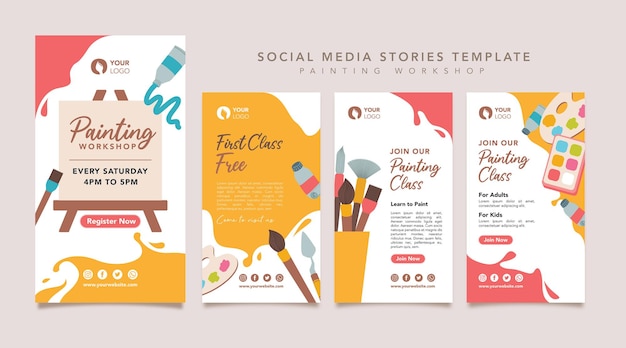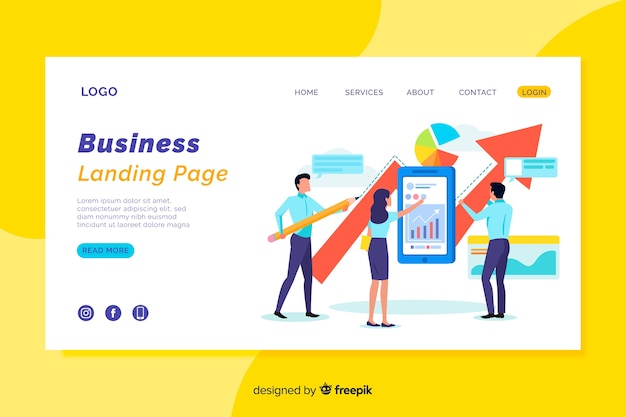
Prototyping is a powerful and cost-effective method for introducing and testing new ideas and innovations. It saves time and money by making the objectives and function of a product apparent to a team and clients early in the development process. Thus enabling teams to identify and correct design and functional flaws early on, saving resources that would otherwise be spent fixing these issues later.
Effective design thinking is impossible without prototyping. In instances such as creating a PCB layout to sync its variants, your idea or proposition is best presented through a prototype.
However, some approaches to prototyping could potentially undermine its effectiveness in providing optimal design solutions. These methods may ironically end up costing you more money, negating the cost-saving intention of prototyping. Here are some pitfalls to avoid:
Prototyping Without a Clear Goal
Some organizations make the mistake of prototyping for the sake of it, or rushing to prototype a seemingly promising idea without careful consideration. A prototype should always be purposive — be it to test a hypothesis, demonstrate a proposed idea, or validate a new function. Without a clear objective, prototyping can lose sight of its purpose, resulting in either overcomplication or oversimplification, both leading to a waste of time and resources.
Focusing more on Explanation Than Demonstration
Prototyping should be about demonstrating your idea or proposition, not just verbally explaining it. Excessive verbal explanation can lead to unnecessary disagreements and misunderstandings. Instead, create a tangible sample or model to embody your idea. If glitches arise, take them as opportunities to learn and rectify the mistakes. This approach saves much time and money in the long term and prevents misunderstanding related to the final product.
Getting Overly Attached to the Output
The endowment effect, or emotional attachment, may cause designers to overlook flaws and insist on including the prototype at any cost. A good strategy to avoid this is to start with low-cost, quick prototyping tools and materials to minimize emotional attachment.
Taking these tips into account should help you enhance the efficiency of your prototyping process. Keep your focus on the goal and concentrate on incorporating precise requirements as quickly as possible.
Author Headshot:
Author Bio: Morakhiya, a financial and investment writer based in Mumbai, India, begun investing at the age of 15. Over the years, he has amassed invaluable knowledge in the field and specializes in creating passive income and financial security through value investing and real estate. To connect with Morakhiya, you can email him at morakhiya@technewsbites.com or find him on Twitter, LinkedIn, Facebook, or Instagram.


